The Slippers Here Ain’t Made For Walking
Fresh-baked bread, cheese slipper Saturdays, walk-ins & orders welcome, radiant-heat brick oven
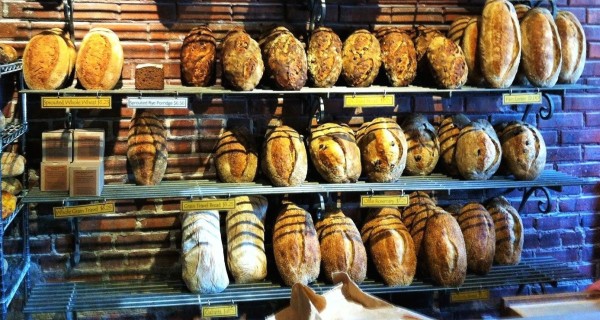
If Heaven itself possesses an aroma… Fervere’s smells better.
A bold claim, but not unfounded. At least, not after you’ve really been there, man. If you’re anywhere within 100 feet of Fervere (FUR-VAIR-AY) Bread and Bakery Studio, you’ll catch a Pavlov’s dog drool-inducing whiff of the freshest bread in town.
Ahh, bread. Flatbreads and fruit breads, soda breads and sourdoughs, wheat breads and rye breads, cornbreads and dry breads. Bread, in its ever-evolving form, has subsisted as a staple food in the human diet for some 30 millennia. Who’d have thought that the simple combination of yeast, flour and water would not only sustain the world, but also revolutionize the very means of living?
Humans once hunted and foraged for sustenance, as we all know – leading to the nomadic way of following the food wherever it traveled. With the birth of bread came farming. Farming wheat (and subsequently, fresh produce, animals, etc.) offered humans a chance to settle into self-sufficiency. They no longer had the need to travel; food grew in their back yards.
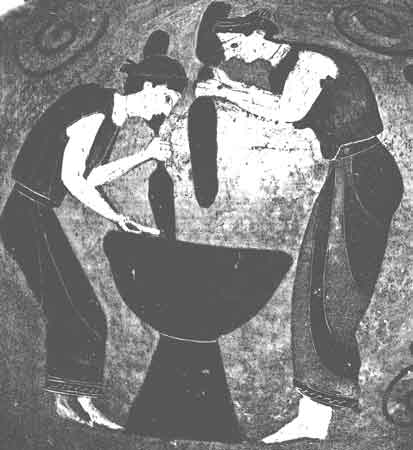
Bread is a vital vein in sacred traditions. In the Judaic custom, the breaking of bread is done with a blessing at collective meals (“Blessed are you, O God our God, King of the Universe, who brings forth bread from the earth”). Should several loaves of bread be baking, ritual dictates saving a bit aside and burning it as an offering to the Lord. Christian belief varies within the different sects, but many participate in the Eucharist, aka Holy Communion. This process involves the consuming of bread (or a cracker or a wafer, maybe), which has been blessed and “transformed” into the body of Christ, for Jesus named himself the bread of life. The Islamic faith knows bread to be God’s greatest gift, the gift of sustenance and being.
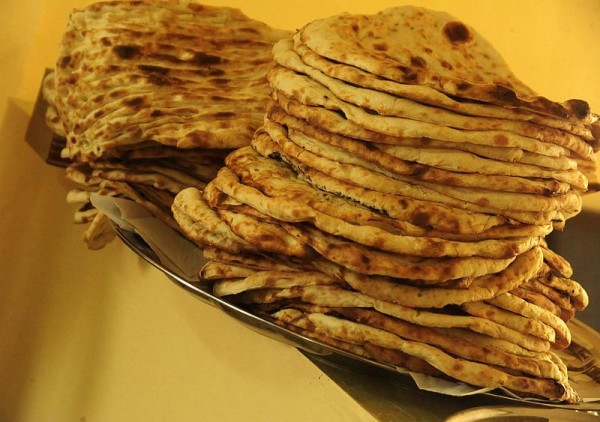
Perhaps these and other practices derive from ancient Greco-Roman mythology and tradition, which involved the eating of the actual sacrifice – not a bread representation. However, as Greek and Roman deities were immortal, and, certainly not ensnared or eaten by mere humans, we used other means. Bacchus/Dionysus worshippers chose the bull as his sacrificial animal, as he is commonly associated with the bovine. To consume the god (or, the unfortunate beast in his place) was to become one with the god, to assume his greatness. So, they’d rip and tear with teeth and claws and devour the bull, imbibing the blood along the way. I learned rather reluctantly that this actually has a name – it’s called Omophagia, defined as “eating of raw flesh.”
</tangent>
Back to the bread!
Bread can make beer – yet another way for the delightful carb to fatten us up. Its discovery is traceable to the B.C.s – to some of the world’s oldest civilizations, like Mesopotamia and ancient Egypt.
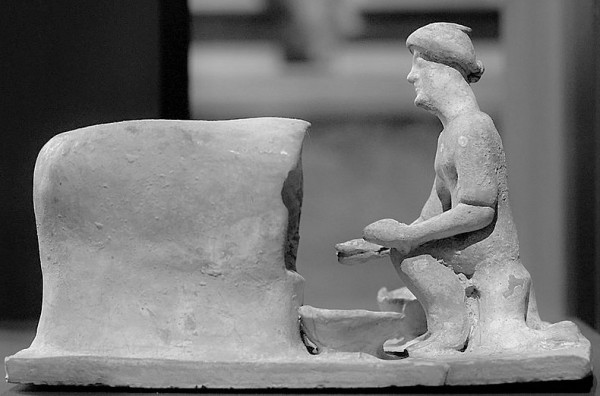
What I’m trying to say here is that bread is important. It’s remained an essential source of nourishment and an element of tradition throughout history. Today, it’s beloved as ever. Especially in a little shop at the corner of 17th and Summit Streets, in the heartbeat of Kansas City, Mo.’s Westside neighborhood. Paralleling the long tasty tale of bread making, Fervere’s location is nestled amid some of Kansas City’s oldest history. When the Westside was first settled by William K. Mulkey, he sold much of his land holdings and built the first brick house in Kansas City in 1857, at 13th and Summit Streets. The neighborhood was populated by a variety of cultures and socioeconomic classes, from wealthy bankers to railroad workers, and lawyers to laborers.
The Westside today flourishes as a diverse little place, full of charm and nostalgia. Priding itself on supporting small, local businesses and a tight-knit community, the district is a place of friendliness, openness, and good relations between businesses and people.
It is this small-town-in-the-big-city feel that brought Fervere owner Fred Spompinato to the Westside. Unequivocally an old pro in the baking ‘biz,’ before opening his tiny bread studio on 17th Street, Spompinato co-founded another local operation. You just may have heard of his Farm to Market Bread Company, which vows to “strive through continuous improvement to be the industry’s premier leader in quality; producing the freshest all natural local breads delivered daily to grocery stores and the greater food service industry.” Prior to Farm to Market, Spompinato also worked for Monterey/Pacific Baking Company, overseeing the production of 50,000 pounds of bread daily.
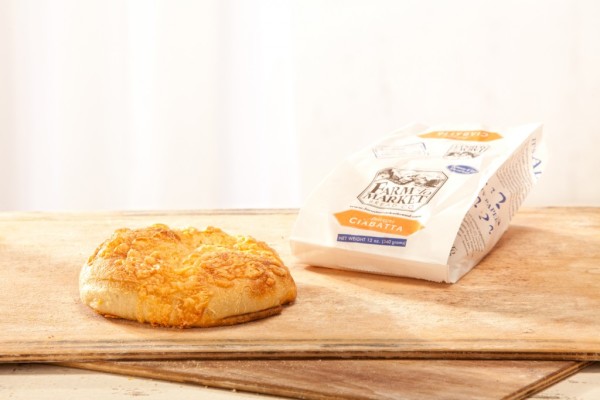
These demanding excursions in bakery left Fred desiring a much smaller operation. When I say small here, I’m talking very small. Get four or five customers in line (plus the employees) and the studio is packed tight. The line often extends out the door, as Fervere boasts religious patronage. The downside to the deliciousness is its limited availability. The bakery does business just Thursday through Saturday, and remains open only until the breads have been bought up entirely – not at all uncommon. But not to worry! A pre-ordering option is available in addition to walk-ins, ensuring a fresh-baked fix.
Spompinato and his crew employ an old-fashioned yet time-tested European method, and their oven is built in what’s known in baking lingo as the Alan Scott style. Scott resurrected the brick oven (often shared by entire villages in old Europe) and radiant-heat style of baking bread in the late 1970s. The oven within Fervere stands at an arch erected with red brick and cement and bakes a crisp, chewy crust with a delectably soft center. It’s a sight unto itself as it dominates the tiny shop.
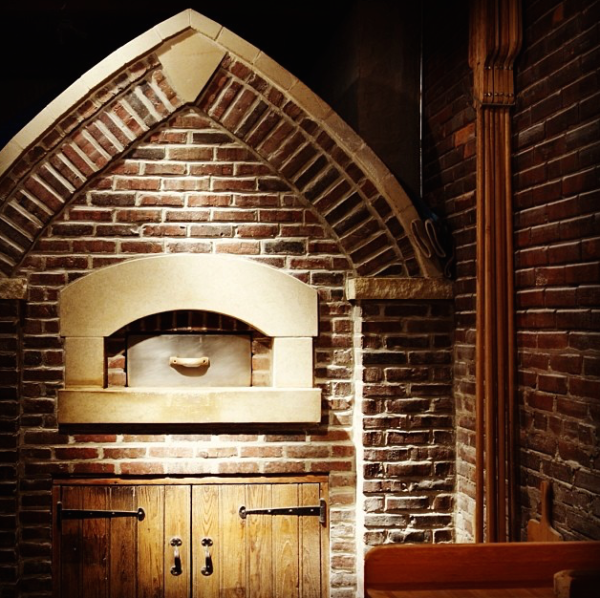
The bread studio offers 13 varieties; they tout classics like ciabatta and sprouted whole wheat, and specialty breads like Orchard, Sprouted Rye Porridge and Cranberry Almond. I’m of the opinion that none beat the Cheese Slipper – “Tillamook mild cheddar, Alama Creamery smoked cheddar, shredded cheddar, and Cedar Grove garlic cheese curds.” So popular is the Cheese Slipper that Fervere often hosts Slipper Saturdays, adding twists to the classic cheesy recipe like heirloom tomatoes and – yum – morel mushrooms. The queue definitely runs out of the shop these days, customers eager to get their hands (mouths?) on the artisan luxurious bread.
Yes, the love of bread is in the air in the Westside. Fervere is exemplary of the neighborhood’s past and present communal ties – and the history of bread-breaking camaraderie.










